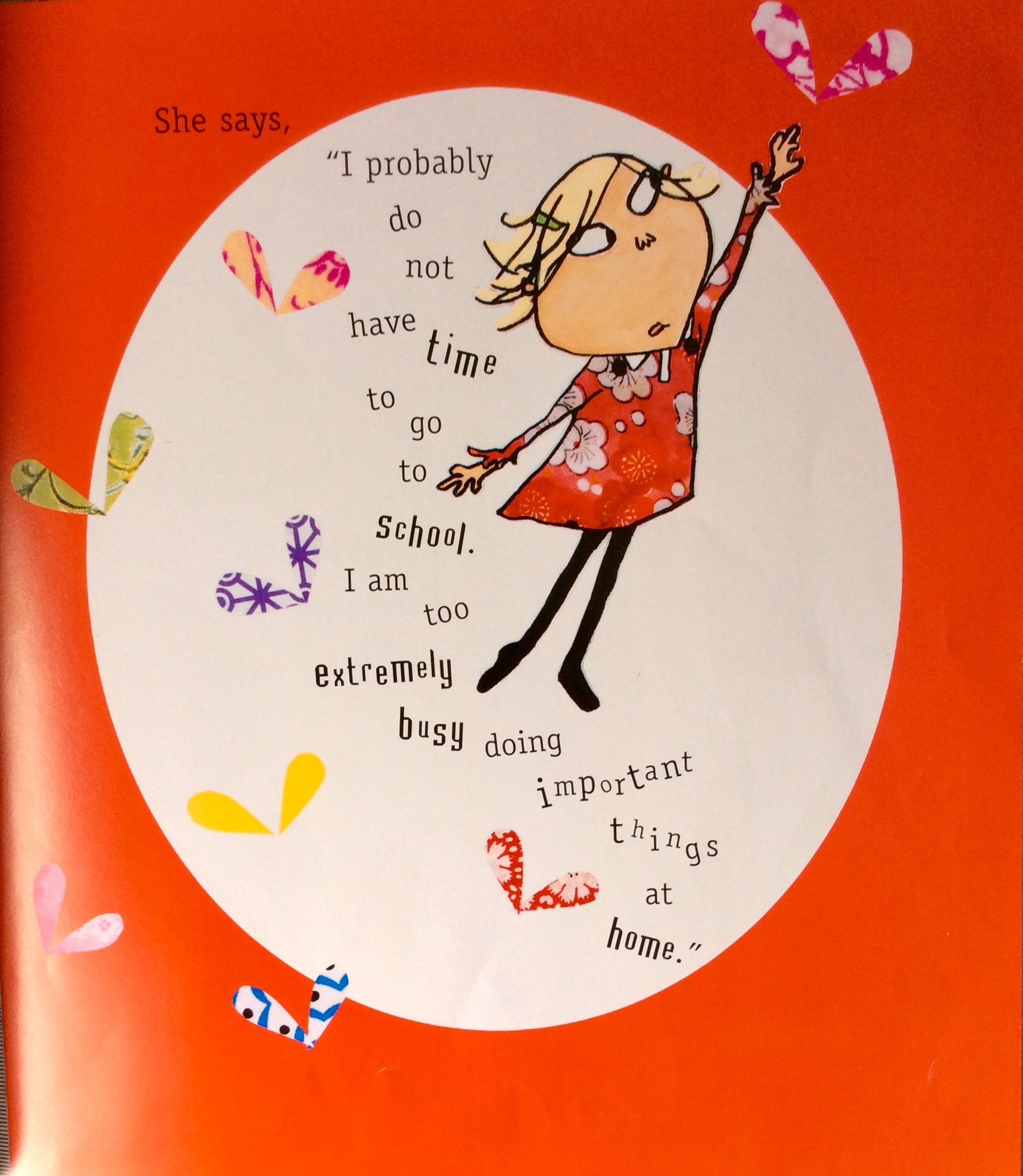Inspiring Young Readers
 posted on 02 May 2019
posted on 02 May 2019
Raising a reader: getting ready to start school
My four year old granddaughter has an October birthday, so will be one of the oldest children in her class when she starts in September. From day one she has always been encouraged to look at picture books and already has an impressive collection. Her parents spend valuable time reading them with her, particularly at bedtime, and I think that I have played my part in keeping her interested by regularly posting new ones for her to enjoy. She is now becoming fascinated about learning the names of individual letters and is beginning to understand how simple words are formed. But how much might all this change once she starts school? Will the emphasis shift away from her enjoying a wide range of picture books to the mechanics of learning to read?
As an experienced teacher, I remain convinced that young children need plenty of access to picture books throughout the school day, as well as the pleasures of a story time at the end of the session and at other times. Unfortunately, I know that this does not always happen, and that other curriculum demands can take over to the extent that this is often regarded as a luxury. I regularly visit schools to do Letterpress Project events, and am aware that encouraging a love of books and putting stories at the centre of every stage of a child’s experience varies quite a lot. Even some nurseries and playgroups spend increasing time on preparing children for learning to read at school, sometimes at the expense of giving them plenty of books to explore and enjoy. The dreadfully dull phrase ‘school readiness’ looms large.
I am often taken aback when a teacher explains that they try to have regular stories, but there isn’t always time at the end of the day (this is with Year One children aged five and six). A couple of times I have witnessed mayhem as Reception age children (aged four and five) sit on the story carpet, ostensibly listening to a story being read, but at the same time being given lunchboxes, letters and other work to take home as they do so. The message seems to be that story time is not intrinsically valued but is bolted onto the end of a very busy day.
Why am I so concerned? After all, this is down to individual practitioners and whether they place value on picture books in the classroom, as it always has been to some extent. The difference is that there are now many more reasons not to regularly read books with children than ever before. Let me explain. I know that there is relatively little time spent on introducing children’s picture books to students when they are undergoing initial training, so that many are unaware of the wide range available. They may be familiar with authors and illustrators like Julia Donaldson and Axel Schleffler as these are consistently promoted in mainstream bookshops, but never see the many beautiful and unusual ones by those that are less well known. The easy availability and convenience of online stories to be used in classrooms doesn’t necessarily help children to learn to love picture books because watching a whiteboard screen is definitely not the same experience as the real thing! The enforcement of the much debated Synthetic Phonics approach to reading as the only recognised way to teach this complex skill has also contributed to the damage. Of course it suits some children with its highly structured materials but please, not at the expense of experiencing whole stories through using picture books that can be looked at slowly together with an adult and may also include much unfamiliar rich vocabulary.
I often work with Year Three children (seven and eight year olds) and am interested to hear what they say about the importance of picture books. The predominant view seems to be that they are just for younger children who can’t read and the more competent readers are pretty dismissive about their intrinsic value. They have learnt this. I try to encourage them to unlearn it by spending some time looking closely at a range of illustrations and helping them to see how pictures can communicate in many subtle ways. After this, they are usually keen to draw pictures inspired by different illustrators, perhaps because lack of time to draw seems to be another feature of many 21st century English classrooms.
I am sure that my granddaughter will learn to read competently and we can only hope that her teachers are book lovers, because that will make a big difference. They will be lucky to have her in the class because she already knows so much about books from her personal collection. Maybe she can even share her knowledge with them if encouraged to do so? She will keep enjoying bedtime stories and I daresay that I will keep posting more as she develops her many interests and skills. Raising a reader is fortunately about so much more than what happens at school.
Karen Argent
May 2019